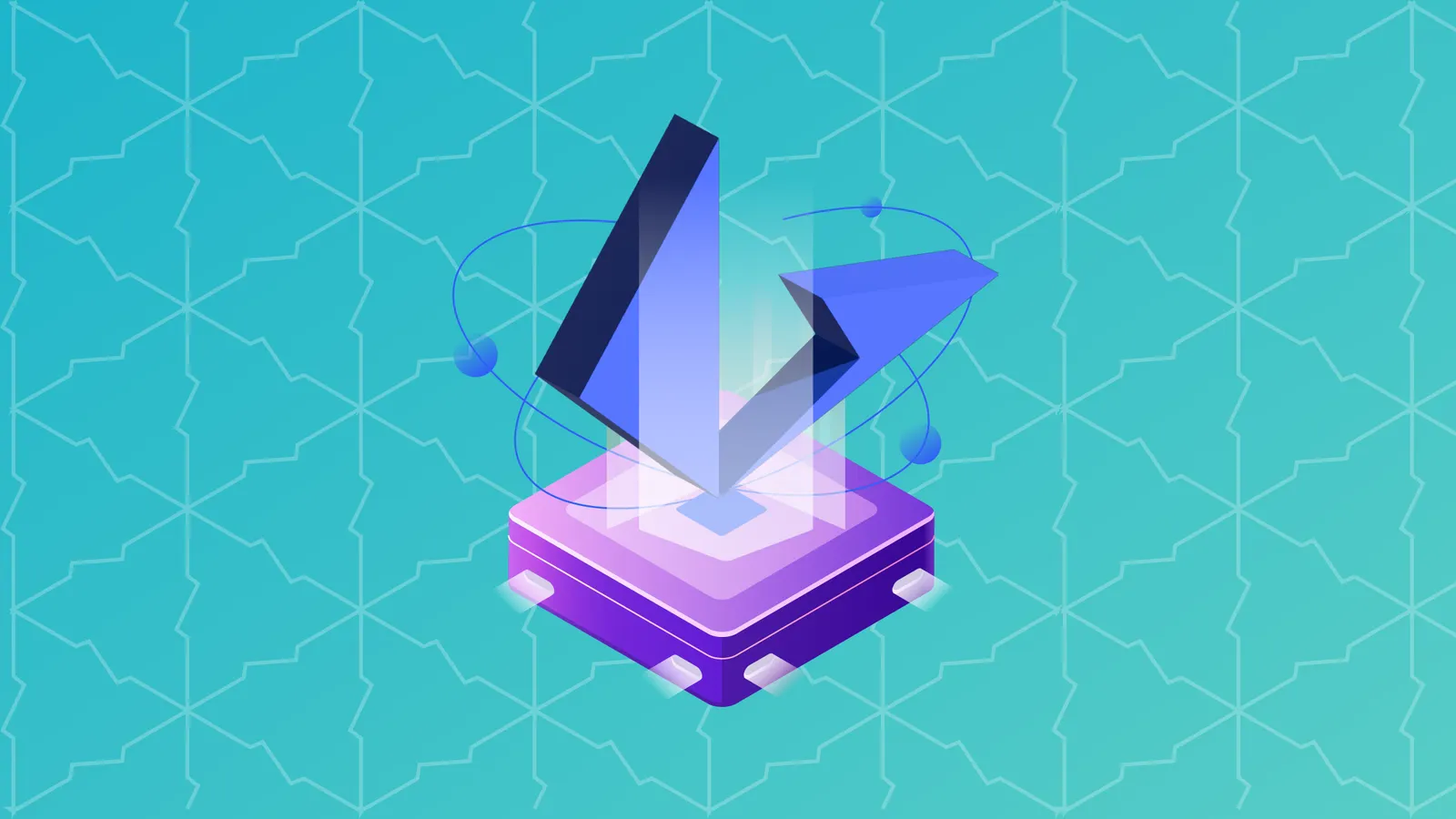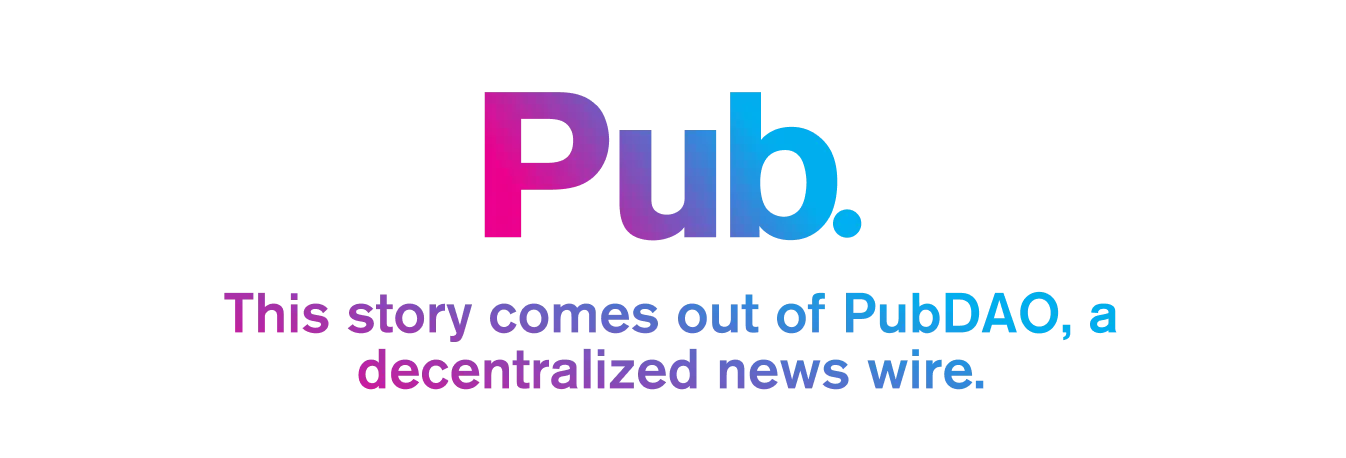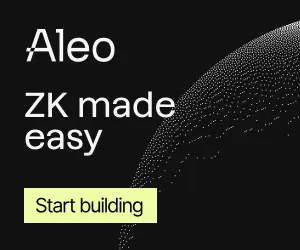If you've spent time in the Ethereum DeFi space you've probably come across buzzwords like "layer-2," "zero-knowledge," and "rollups." In an Ethereum context, these terms typically describe projects that address the high costs and relatively slow speeds associated with transacting on the Ethereum mainchain.
Loopring is one such project. You may have heard of it after its token price surged in November 2021. Or maybe you came across the Loopring Exchange while trying to circumnavigate high transaction fees on Ethereum. Although its popularity has grown relatively recently, Loopring is actually one of the older and more established DeFi projects, having launched in 2017.
Loopring is many things—a company (Loopring Project Ltd), a protocol (Loopring Protocol), a decentralized exchange (Loopring Exchange), and a token (LRC). This piece, however, focuses on Loopring the protocol. We discuss what it is, how it works, and some of its distinguishing features.
What is Loopring?
Founded by ex-Google software engineer Daniel Wang, Loopring seeks to make trading assets and making payments on Ethereum faster and cheaper, without sacrificing security.
More specifically, Loopring is a protocol for building non-custodial, orderbook-based decentralized exchanges (DEX) on Ethereum. It routes and processes trades, matching sellers and buyers at a market price without ever requiring possession of the buyers’ or sellers’ funds. This is distinct from centralized exchanges, which require traders deposit funds with the exchange so that it can execute trades on users' behalf.
Loopring is a layer-2 protocol. This means it is built on top of the Ethereum mainchain (layer 1). Contrast this with other DEX projects, like Uniswap or SushiSwap, which are built directly on layer-1.
There are pros and cons to both models. The most notable pro of all layer-2 DeFi solutions is that they inherit much of the security of the layer 1, but transacting on them is faster and cheaper than the mainchain. We take a closer look at this in the next section.
How does Loopring work?
The price of a transaction executed directly on Ethereum (layer 1) corresponds with how much data the transaction contains. Bigger transactions (data-wise) require more computing power to process and are therefore more expensive. Layer-2 solutions aim to solve this by executing transactions outside of layer-1.
Loopring is a layer-2 that utilizes a cryptographic technology called zkRollups. ZkRollups are Loopring’s secret sauce.
Rollups are like carpools. Let’s say you and three co-workers make the same commute every day. On that commute there is a toll of $10 per car. If you all drive separately, you each pay $10. However, if you carpool, you each pay $2.50.
Within a blockchain context, rollups batch transactions and execute them outside of layer-1. The transaction data is then posted to the layer 1 for consensus. This batching is what makes transactions on layer 2 cheaper.
The “zk” in zkRollups stands for “zero knowledge”. Zero knowledge proofs are cryptographic methods that allow one party to prove to another party that a statement is true, without revealing any information about that statement.
What's so special about Loopring?
The team behind Loopring protocol is the same team behind Loopring Exchange, which was the first publicly accessible zkRollup exchange built on Ethereum. This proved the viability of the protocol and the technology that powers it.
Loopring also differs from other trading technology in the DeFi space in that it is orderbook-based. The experience of trading on a Loopring-powered DEX is more akin to the experience of trading on centralized exchanges, which are almost exclusively orderbook-based. Contrast this with most DEXes, which use constant automated market maker (AMM) technology that heavily relies upon user-generated liquidity.
As alluded to before, Loopring is highly performant. It can process 200 trades/transactions per second, roughly 10x what Ethereum can do on its own.
Did you know?
Loopring was the first zkRollup DEX protocol on Ethereum.
What else does Loopring offer?
Here’s a full list of offerings from the Loopring stack:
- Loopring Protocol: a zkRollup protocol for building decentralized exchanges on Ethereum
- Loopring Relayer: the workhorse in the background; Loopring Relayer is the backend that powers Loopring Protocol
- Loopring Exchange (aka Loopring Layer2 App): a decentralized exchange from the Loopring team built using the Loopring Protocol
- Loopring Wallet: Loopring’s self-custodial, user-friendly mobile wallet
What is Loopring’s token?
LRC is Loopring’s native token. LRC holders can participate in Loopring governance and are eligible for Loopring’s VIP program and liquidity mining.
LRC is an ERC-20 and can be acquired through the Loopring Exchange as well as all major DEXes and centralized exchanges.
The future of Loopring
Since its launch in December 2017, Loopring has undergone two major upgrades. One in December 2018 focused on better trade settlement, new fee models, and more flexible orders. The other, in December 2019, marked the launch of Loopring Exchange, the first major zkRollup DEX protocol on Ethereum.
Expect to see more upgrades and feature rollouts as the layer-2 space becomes increasingly competitive. Loopring has promised exciting things ahead in 2022, including Loopring Earn, NFT support, and other product upgrades. Take a look at Loopring’s most recent quarterly update for more details.





